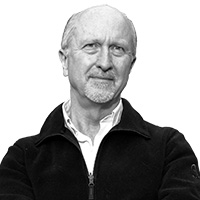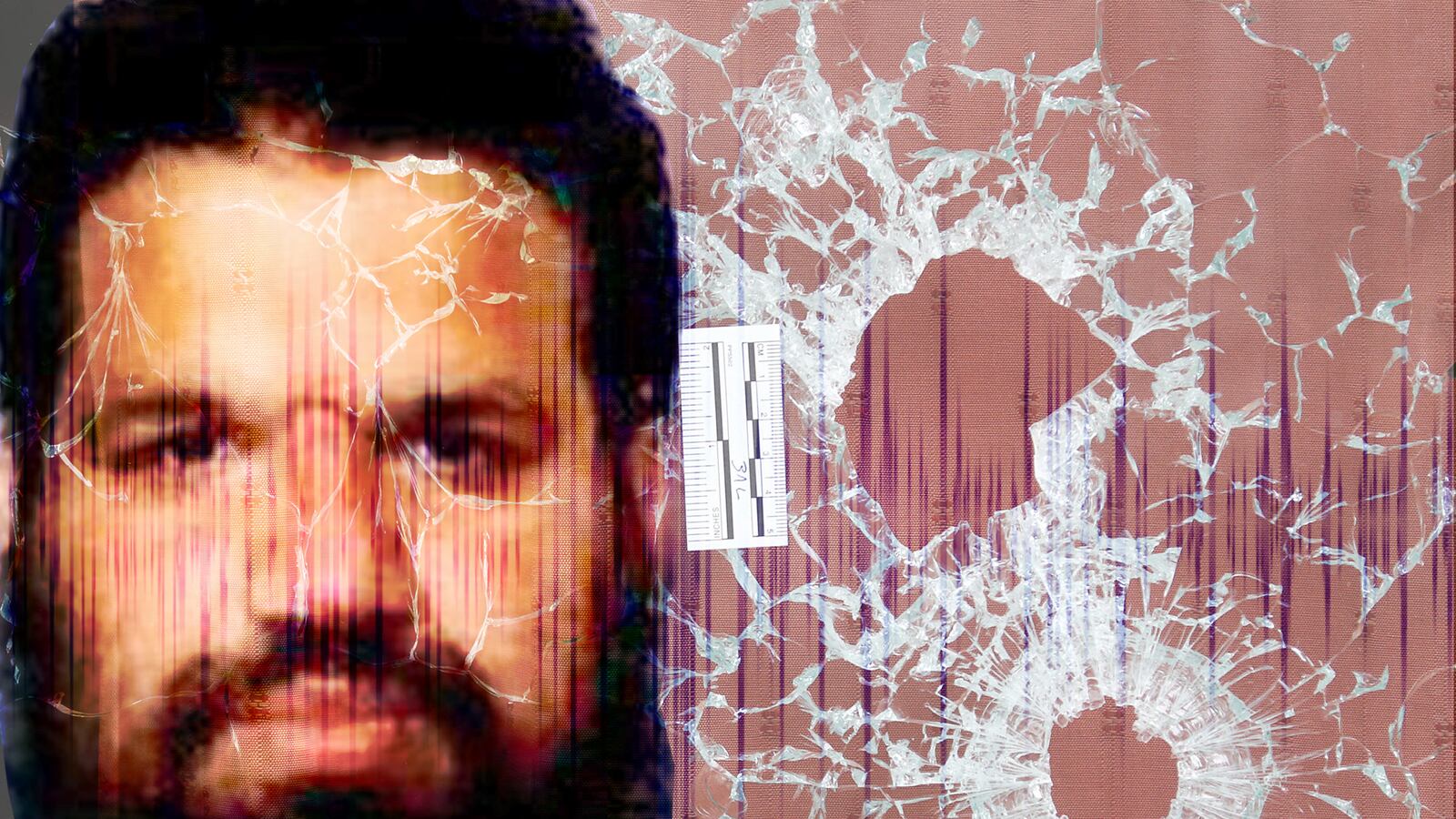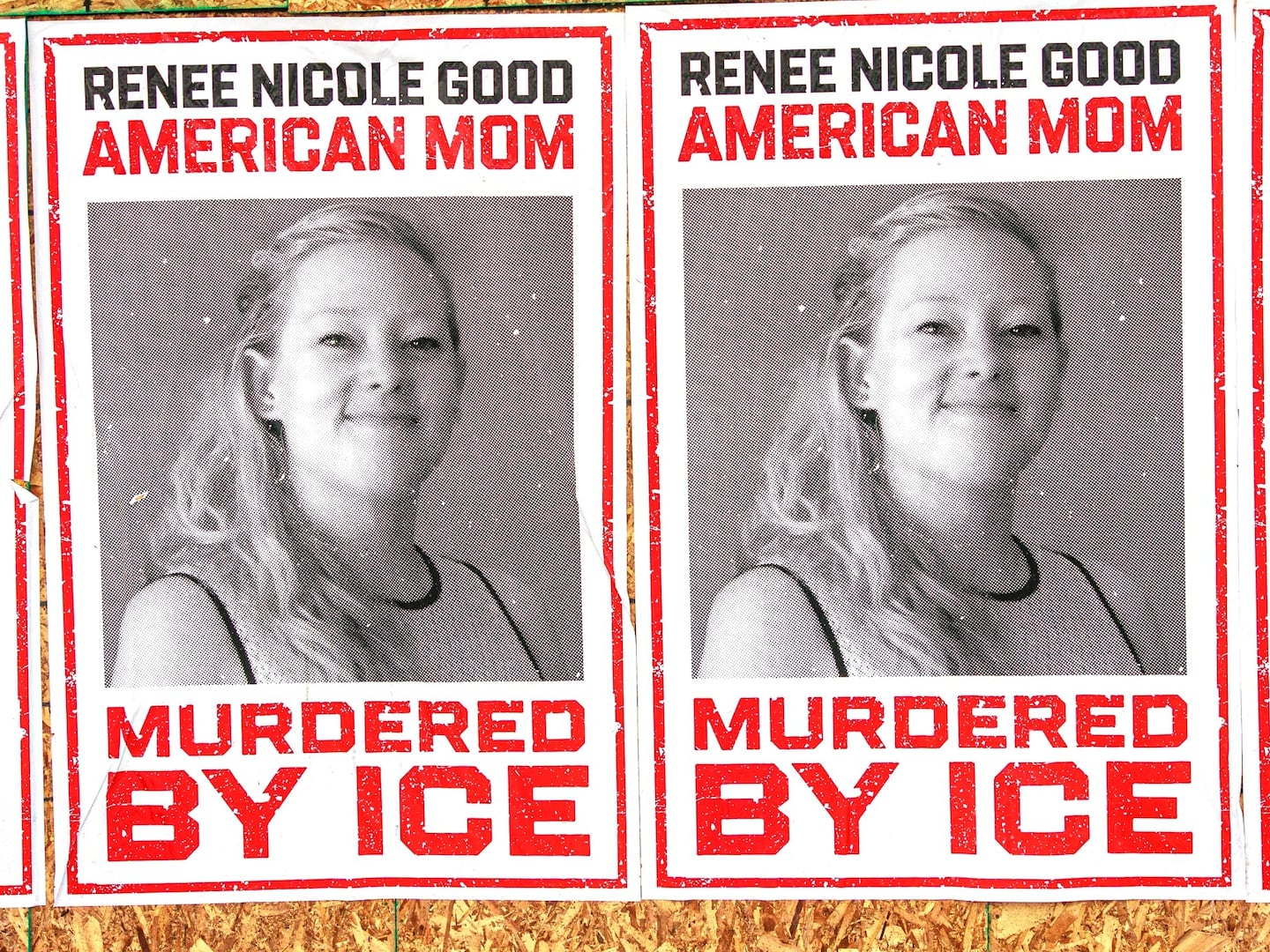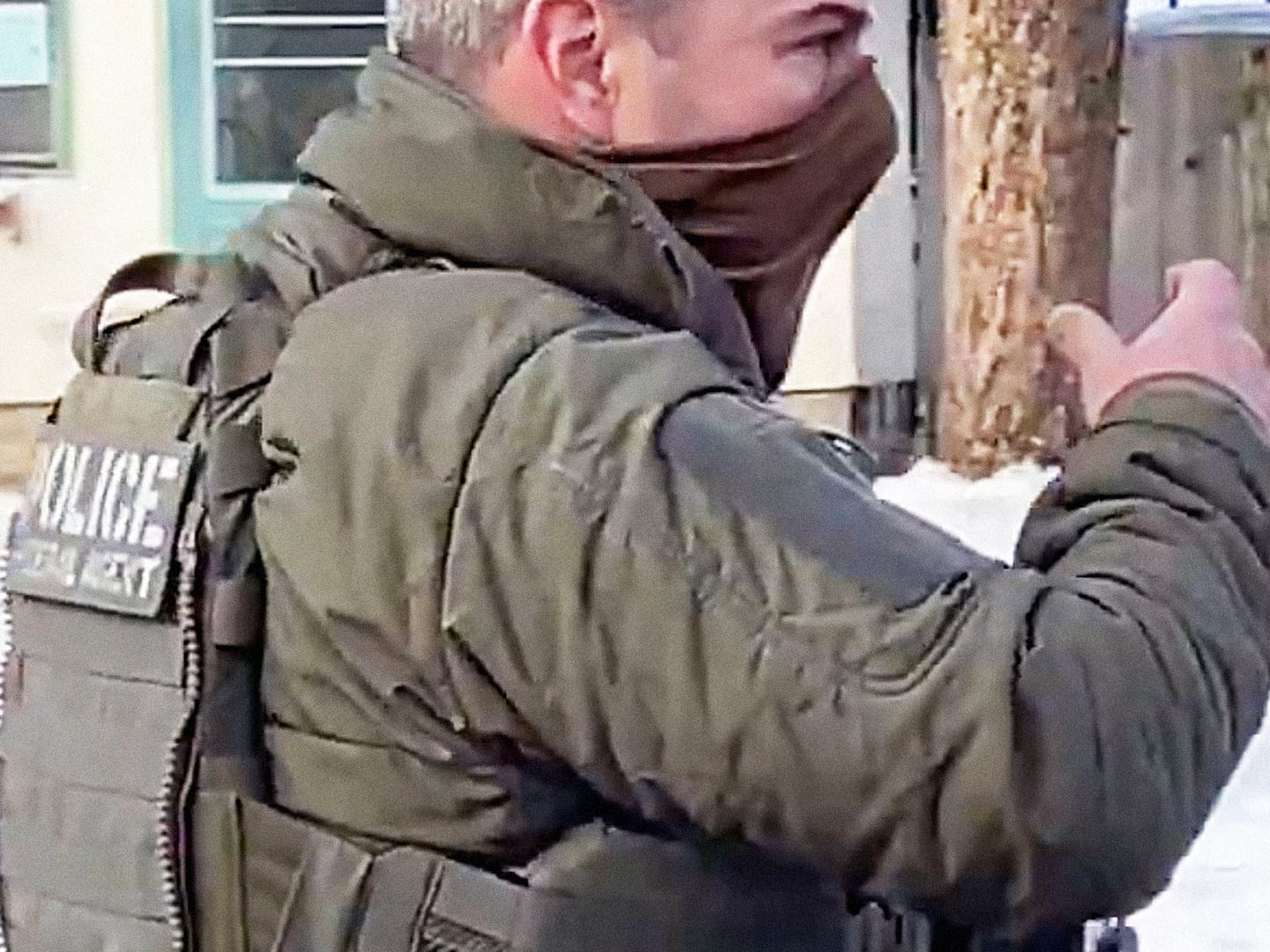PARIS — The rain was pouring down on Saturday afternoon, a week and a day after the horrific massacres that shattered this city. And in front of the sidewalk cafés where people had been mowed down and blown up by the lunatic zealots of the so-called Islamic State, mourners and curiosity seekers still gathered.
At La Belle Équipe, a restaurant on Rue de Charonne where 19 people died, the flowers were drenched and fading and the votive candles had all been extinguished by the downpour, but one young woman would not leave. She lit her candle and held it close to her heart, protecting the light with a corner of her coat as rain coursed down her hair in rivulets. She held it, and held it, unwilling to let the light be extinguished, hoping that eventually the rain would pass, as it often does in Paris.
According to Fabien Clain, whose voice it was that claimed this “blessed” massacre “in the Name of Allah, the Most Gracious, the Most Merciful” and in the name of the so-called Islamic State that purports to represent His interests, the slaughter of innocent people in Paris — 130 have died to date, and many remain in critical condition — is completely justified.
“Let France and those who walk in its path know that they will remain on the top of the list of targets of the Islamic State, and that the smell of death will never leave their noses as long as they lead the convoy of the Crusader campaign,” he intoned on a Web broadcast a day after the slaughter.
His voice was recognized almost instantly by the French security services, and he became immediately the focus of their interest.
Unlike the mercurial Abdelhamid Abaaoud, 27, touted in headlines as “the mastermind” of the Paris operation, but more likely a fixer and facilitator, Clain, 37, is a veteran hard-core jihadist.
The younger Abaaoud seems to have been up for anything and, indeed, is now believed to have been one of the three men in a black car shooting up La Belle Équipe and other cafés. He appears to have been with his buddies Brahim Abdesalam, who blew himself up at the Comptoir Voltaire café, and Brahim’s brother Salah Abdesalam, who reportedly chickened out, failed to detonate his suicide belt, and hitched a ride to Belgium.
Abaaoud, apparently thinking he was indispensable, and plotting another attack on the high-rise office and shopping center suburb of La Défense, was tracked down and killed with a woman accomplice (or captive) and another man in a flophouse in the working-class suburb of Saint-Denis.
But Clain is still with us, and ultimately may be much more dangerous. Police and court files leaked to the French press show that Clain had been plotting an attack very much like the Friday the 13th massacre for a very long time, and the Bataclan concert hall, where 89 people died, was always its centerpiece.
Does that mean Clain is, in fact, the real mastermind of this operation? Perhaps. But some French analysts caution that the focus on individual “stars” when looking at ISIS is misleading. As criminologist and counter-terrorism consultant Alain Bauer told The Daily Beast, “There is no head, there is a nebula.” Just as the elimination of Osama bin Laden did not eliminate al-Qaeda, so the killing of one or even several so-called masterminds is not going to be a game-changer in the ISIS war.
That said, Clain is an instructive case study in the way fanaticism and connections among crapulous jihadis are able to convert a collection of low-lifes into infamous international terrorists.
Clain, originally from the far-flung French departement of Réunion off the southeast coast of Africa, was a convert to Islam and, like many converts, believed he was holier than those brought up in the faith.
He and his younger brother Jean-Michel, also a convert, were living in Toulouse in the south of France at the turn of this century. They adopted the salafi strain of Islam, which seeks to emulate literally the teachings and the ways of Prophet Muhammad in the 7th century. But where some salafists take a quietist approach, some like the Clains embrace the sanguinary romance of violent jihad.
The Clain brothers were well known around the El Hussein mosque in Toulouse. They wore long beards and dressed in the short robes affected by salafists who think they’re emulating their medieval idols. They gave the impression they were very knowledgeable about religion. And in the meantime they had a stand in a Toulouse market selling what they presented as Islamic items, which gave them cover to recruit young people to their cause.
According to the respected French daily Le Monde, the Clains and their Muslim-convert wives connected with Olivier Corel, a “spiritual leader” of the Syrian Muslim Brotherhood in France, in 2000.
The Syrian Brotherhood, crushed by the Assads in the early 1980s after a failed uprising, scattered its senior figures across Europe from Aachen to Granada to a farm near the little town of Artigat, where the Clains went for inspiration. There they also connected with the family of a young man named Mohamed Merah who years later, in March 2012, went on a killing spree, murdering French soldiers and Jewish civilians, including children, in Toulouse and the nearby city of Montauban.
As early as 2003, according to Le Monde, the Clains started setting themselves up in Belgium. In 2009, the Clain brothers and a couple of their buddies were talking about an attack on the Bataclan in Paris, the site of the worse carnage on Friday the 13th.
“This hall, whose owners at the time were Jewish, organized every year a concert supporting the Magav, the Israeli border police, which triggered the anger of many radical associations and little groups,” says Le Monde.
In the meantime, Fabien Clain was part of the underground railroad channeling would-be jihadists and martyrs to Iraq to fight the American forces there. He routed them through Belgium and Syria. But his cell was exposed and in 2009 Clain was sentenced to five years in prison. Released after serving three of those years, he spent some time teaching religion classes (of course) in Normandy, then slipped away to Syria—or, in fact, the nascent Islamic State—in early 2014. There several other jihadists from the old Artigat crowd joined him.
Clain’s name popped up on the French counterterrorist radar again in April this year when a feckless jihadi named Sid Ahmed Ghlam, bent on attacking Christian worshippers at a church in the Paris suburb of Villejuif, accidentally shot himself in the leg and was caught with an arsenal in his car. The investigation showed he’d been in touch with two guys who’d been indoctrinated long-distance by the mellifluous Clain, and also, at least indirectly, with Abdelhamid Abaaoud, the late unlamented operative notorious for his participation in the Paris atrocities this month.
Le Monde concluded its profile of Clain by suggesting he is ensconced with his family and his Artigat acolytes in Syria. But is he?
Saturday’s Le Parisien, a tabloid with extensive police contacts, reported that earlier this year—long after his known travel to Syria—Clain showed up again in his old hometown of Alençon in Normandy, moving some of his belongings out of his old apartment and apparently commuting to Belgium.
Is Clain still here, undetected, as Abaaoud was for far too long?
The hunt is still on.
Meanwhile, at La Belle Équipe, the rain finally ended and in the cold winter night the candles were burning once again.





